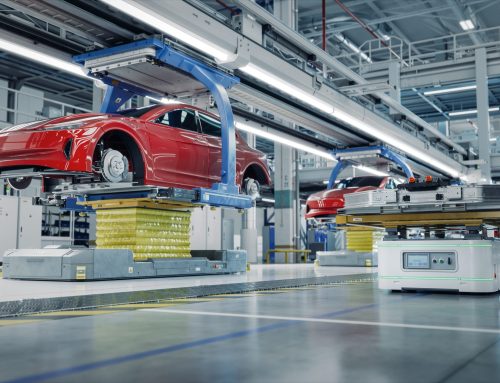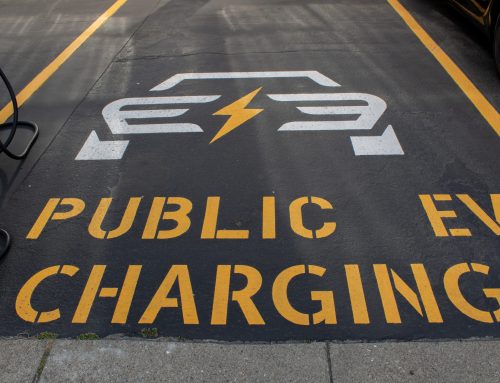
Last week, my colleague, Noah Gabriel and I, released a report we had been working on for some time. The report, The EV Transition: Key Market and Supply Chain Enablers, was supported by the Alliance for Automotive Innovation. We note it in the report but want to re-iterate our thanks to Emily Burlinghaus from the Atlantic Council, Danielle Woodring from SAFE, Peter Slowik from ICCT and Jordan Brinn from NRDC for their careful edits and inputs.
The report tracks a lot of market data you may be familiar with, but it also surfaces a bunch of new data on the domestic EV supply chain. Alongside a market summary, the report includes the following new data:
-
EV Charging Manufacturing Facilities
-
Critical Mineral Mines (the focus is on lithium, cobalt, manganese, graphite, and nickel)
-
Processing Facilities
-
EV Battery Recycling Facilities
We had three key aims for the report. The first was to produce good data on announced facilities. Often this data is patchy or inaccessible. Our hope is that with the facilities laid out in this report, we can better understand the state of the domestic supply chain, supported by data on what exists and what has been proposed. The second objective was to walk through the supply chain for EV batteries in a way that was clear and not boring (or rather, not as boring as it could be). The jury is still out on that one. The third was to provide a comprehensive lay of the land of the EV market – including key indicators on where support is coming from.
Discussion of the EV supply chain has risen to the fore over the past few months. The Inflation Reduction Act’s revised Clean Vehicle Tax Credit has drawn a significant amount of focus on the domestic supply chain for EV batteries and the critical minerals needed to build those batteries. There have also been broader concerns about the ability to source the critical minerals necessary to build a lot more batteries.
No parent has their favorite child, of course! But here are my three favorite children in the report:
-
The Battery Recycling section has some good data but also an explanation of some of the key developments in the field and some of the challenges moving forward.
-
Figure 2 captures the way in which the BEV and PHEV market has bifurcated – see if you can guess what split the two lines in 2018.
-
The Batteries Section has some nice history of EV batteries and breaks down a bunch of the jargon you hear tossed around with batteries.


